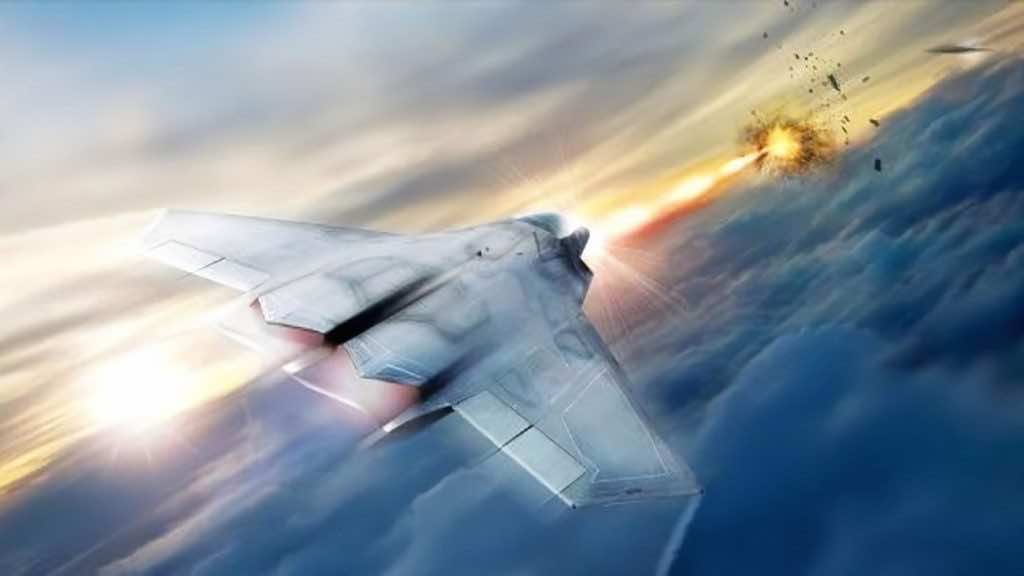According to recent research, airborne versions of the Laser Weapon system are being developed nowadays in a much more efficient way. Such tactical instruments may require high power supplies to build and to operate in taking the target down in several seconds, so Laser Weapon Systems were strictly ground-based. Lockheed Martin is working to produce mature tactical airborne LaWS solutions that complement existing kinetic defenses to shield warfighters in the air, at sea, and on the ground.

The very first project was initiated by Boeing under the designated name YAL-1. It was designed with the aim to destroy ballistic missiles. High-energy version tests were successfully completed by the manufacturer in 2010. But due to the criticism related to the practicality of this concept, the program was canceled in 2011.
YAL-1 was carried on a Boeing 747, which was a long-range airliner. It could destruct Intercontinental Ballistic Missiles at their boost phase up to 300 km away taking about 8 to 12 seconds. But this distance is not enough for military purposes as each 747 could carry enough laser fuel for about 20 shots. YAL-1 has been presented here in this video:
Such concept of the airborne Laser Weapon System was not forgotten and currently a firm, “Lockheed Martin” is developing an airborne version with the name “TALWS.” The company discloses the fact that its product generates less heat and can be manufactured in smaller packages, as compared to earlier versions of the system. Through the spectral beam combining technique, a powerful high-quality beam is generated using many fiber laser modules.
Some critical components, such as optics, have only been built in small quantities for prototypes. The company is investing in capital expansions to generate components like these at full production rates and at a lower cost.
Lockheed Martin is firing on all fronts to be ready to produce this tactical airborne LWS when the Air Force calls. A brief introduction to the operation of the TALWS system can be seen in this video:


